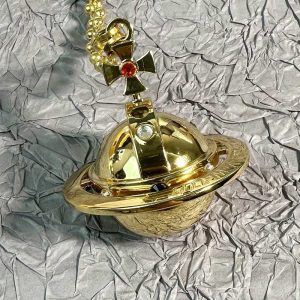-
×
Silver NANA Lighter
1 × $99.00 -
×
Gold NANA Lighter
1 × $99.00 -
×
KEEP ONE, GIFT ONE
1 × $179.00 -
×
Silver & Gold Premium Kit
1 × $179.00
Blog
Does NANA Die in the Anime? Theories and Clues About Her Fate
Does NANA Die in the Anime? Theories and Clues About Her Fate
The anime NANA, adapted from Ai Yazawa’s manga of the same name, has captivated audiences with its intricate character relationships and emotional storytelling. At the heart of the narrative are two young women, both named Nana, whose lives intertwine in the vibrant yet often turbulent world of Tokyo. One question that lingers among fans is: does Nana Osaki, the punk-rock heroine, die in the anime? This article will delve into the theories and clues surrounding her potential demise while also examining arguments against the idea and discussing Yazawa’s intent with character fates.
Clues Suggesting Nana’s Death
Several elements within the anime and manga hint at a possible tragic end for Nana.
- Symbolism of the Black Cat: A recurring motif is the presence of a black cat that appears in significant moments. In many cultures, black cats symbolize bad luck or foreboding events. This imagery has sparked speculation among fans, suggesting that the cat could be a harbinger of Nana’s fate.
- Foreshadowing Dialogue: Throughout the series, certain lines can be interpreted as foreshadowing Nana’s potential death. For instance, characters occasionally make ominous comments about the fragility of life or the risks that come with love and passion. These statements often carry a weight that implies a darker turn in Nana’s story.
- Emotional Climax and Isolation: The series builds up to intense emotional climaxes where Nana faces profound loneliness and loss. This sense of despair can lead viewers to speculate that the narrative might conclude with her sacrificing herself or facing a tragic end as a reflection of the struggles she endures.
Arguments Against the Death Theory
Despite the ominous signs, there are compelling reasons to believe that Nana does not die in the anime.
- Lack of Direct Evidence: The anime itself does not definitively depict Nana’s death. There is no conclusive scene showing her demise or final moments, which leaves room for interpretation. Fans who argue against her death point out that, without a clear depiction, it cannot be confirmed.
- Continuation of the Story: The anime was left unresolved, mirroring the ongoing journey of the characters. Had Nana died, it would seem improbable that the story would remain incomplete, as her narrative arc is pivotal to the overall theme of the series, which emphasizes hope, resilience, and the complexity of human relationships.
- Character Development: Throughout the series, Nana grows and evolves through her struggles. An end to her life would not only rob her character of a potential redemptive arc but also diminish the overarching exploration of personal growth and recovery that the series encapsulates.
Yazawa’s Strategy of Ambiguity
Ai Yazawa is known for her nuanced storytelling and the emotional depth of her characters. The lack of resolution regarding Nana’s fate serves as a literary strategy — a deliberate choice that allows for ongoing speculation. This ambiguity can prompt readers and viewers to reflect on the themes of love, loss, and the unpredictability of life.
Yazawa’s style is characterized by a sense of realism that mirrors the unpredictability of real-life events. By leaving Nana’s ultimate fate open-ended, she invites fans to contemplate the significance of the journey itself, rather than just the destination. This strategy encourages engagement with the material, as fans dissect the narrative, drawing their own conclusions about the fate of the beloved characters.
The question of whether Nana dies in the anime NANA is a complex one that intertwines symbolisms, dialogues, and character development. While certain clues might suggest a tragic fate, the absence of direct evidence allows for a multitude of interpretations. Ultimately, Ai Yazawa’s approach to character fate — laden with ambiguity and unanswered questions — encourages an ongoing discourse that keeps the spirit of NANA alive in the hearts of its fans, long after the credits have rolled. Regardless of Nana’s fate, her story remains a poignant exploration of love, identity, and the human experience, inviting viewers to navigate their own interpretations in the shadow of uncertainty.

 Silver NANA Lighter
Silver NANA Lighter  Gold NANA Lighter
Gold NANA Lighter  Silver & Gold Premium Kit
Silver & Gold Premium Kit